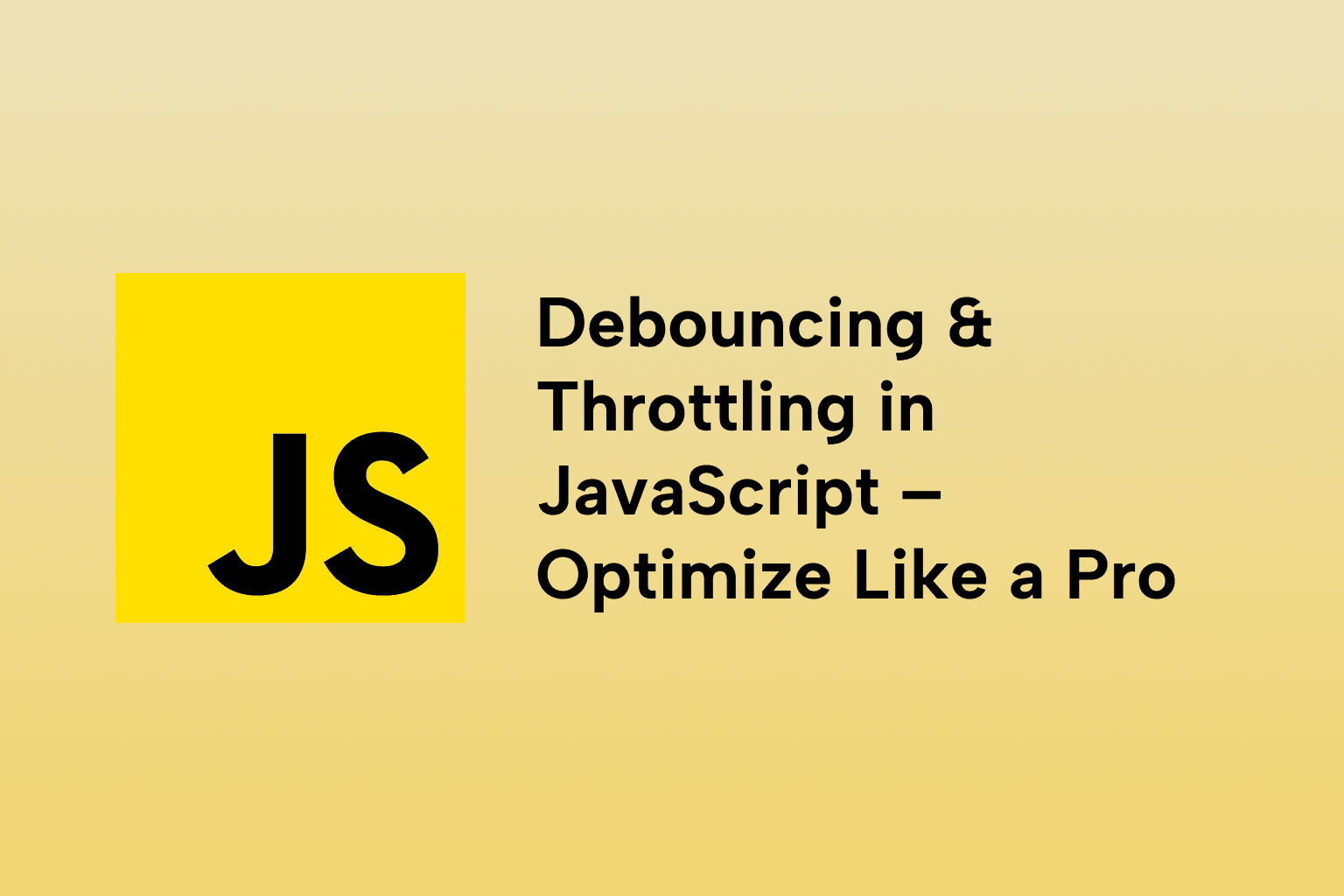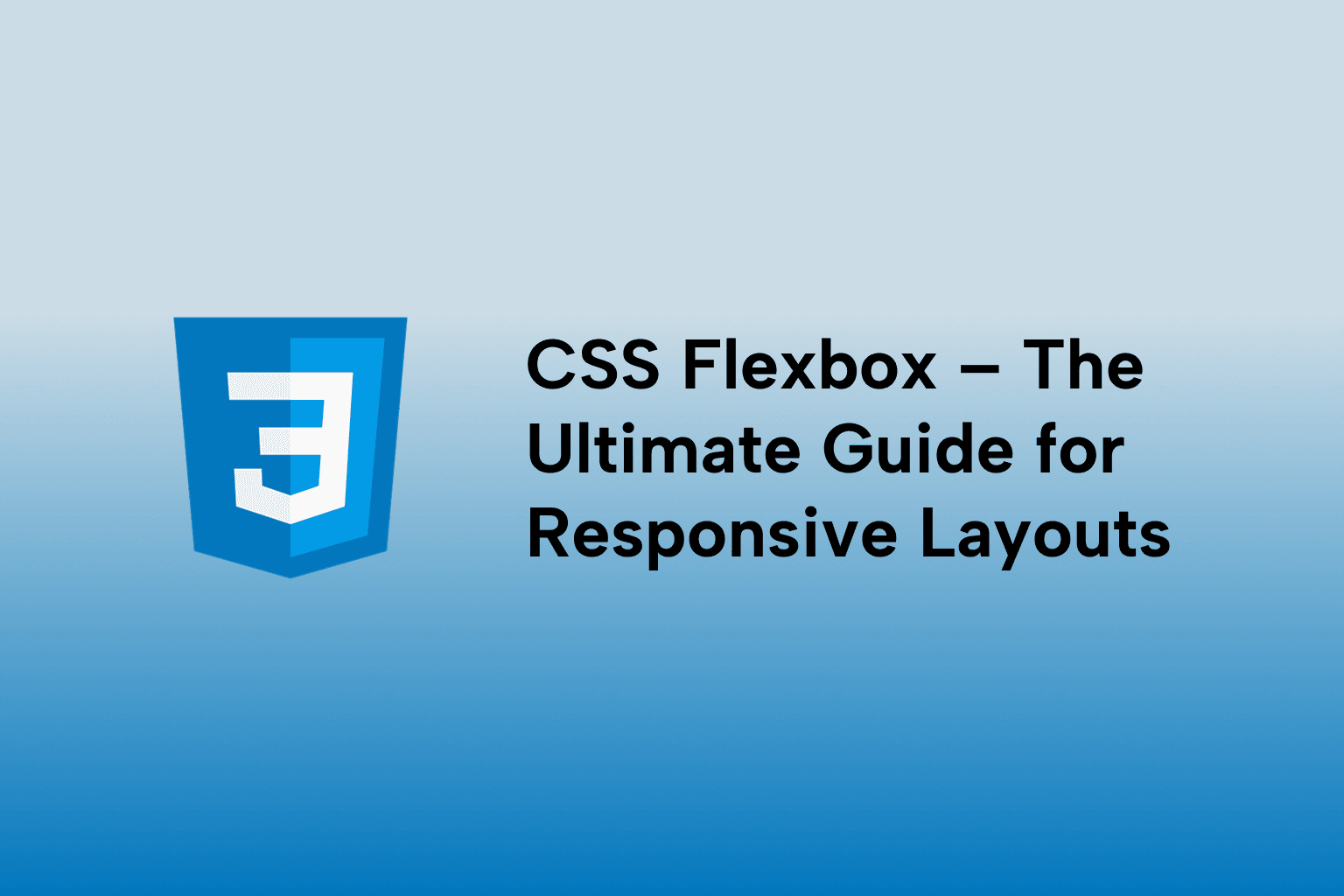Top 5 JavaScript Frameworks Compared: Which One Should You Learn?
 Emma George
Emma George
TABLE OF CONTENTS
1 . Why JavaScript Frameworks Matter
2 . Framework Criteria for Comparison
3 . Overview of the Top 5 JavaScript Frameworks
4 . Deep Comparison Table
5 . Use Case Scenarios
6 . Learning Curve & Developer Experience
7 . Community & Job Market
8 . Performance Benchmarks (as of 2025)
9 . Final Recommendations
Conclusion
JavaScript has evolved far beyond its humble beginnings as a browser scripting language. Today, it's the backbone of interactive web applications and JavaScript frameworks are what make that possible at scale.
But with dozens of frameworks out there, how do you decide which one to learn or use for your next project?
In this in-depth guide, we’ll compare the top five JavaScript frameworks as of 2025: React, Angular, Vue.js, Svelte, and SolidJS. We’ll examine each framework’s strengths, weaknesses, learning curve, community support, job market, and ideal use cases.
By the end of this blog, you’ll have a clear understanding of which JavaScript framework aligns best with your goals.
1 . Why JavaScript Frameworks Matter
JavaScript frameworks are pre-built collections of libraries and tools that streamline application development. Instead of reinventing the wheel with every new project, frameworks offer:
- Component-based architecture
- State management solutions
- Routing and templating
- Tooling for builds and testing
- Performance optimizations
They help developers build complex, scalable apps faster and more reliably.
2 . Framework Criteria for Comparison
We’ll assess each framework based on:
- Learning Curve
- Popularity and Community Support
- Performance (Load Time, Reactivity, Bundle Size)
- Ecosystem and Tooling
- Flexibility and Scalability
- Corporate Backing
- Real-world Use Cases
3 . Overview of the Top 5 JavaScript Frameworks
3.1 React.js
- Maintained by: Meta (Facebook)
- Initial Release: 2013
- Type: Library for building UI
- Philosophy: "Learn once, write anywhere"
React is arguably the most dominant UI library in the frontend world. Its component-based architecture and large ecosystem (Next.js, React Native) make it versatile for web and mobile development.
✅ Pros:
- Massive community
- Tons of jobs and learning resources
- React Native for mobile
- Powerful ecosystem (Next.js, Redux)
❌ Cons:
- JSX can be confusing at first
- Boilerplate for simple tasks
- Frequent breaking changes in ecosystem tools
Ideal For: Developers aiming for enterprise-level work, mobile development, or access to the widest job market.
3.2 Angular
- Maintained by: Google
- Initial Release: 2010 (as AngularJS), revamped in 2016
- Type: Full-fledged framework
- Philosophy: Opinionated, scalable, complete
Angular is a comprehensive solution for building enterprise-grade applications. It includes everything, routing, forms, HTTP, RxJS, DI, out of the box.
✅ Pros:
- Complete solution
- Excellent TypeScript integration
- Great for large-scale projects
- Backed by Google
❌ Cons:
- Steep learning curve
- Verbose syntax
- Slower startup performance
Ideal For: Large teams and enterprise-grade applications where structure, maintainability, and scalability are essential.
3.3 Vue.js
- Maintained by: Evan You and the open-source community
- Initial Release: 2014
- Type: Progressive framework
- Philosophy: Approachable and versatile
Vue blends the best of React and Angular, offering reactive components with a simpler API and smaller footprint.
✅ Pros:
- Easy to learn
- Excellent documentation
- Lightweight and fast
- Flexible integration with projects
❌ Cons:
- Smaller job market (compared to React/Angular)
- Fragmentation between Vue 2 and Vue 3
- Lacks backing by a tech giant
Ideal For: Beginners, freelancers, small projects, or those looking for simplicity with power.
3.4 Svelte
- Maintained by: Rich Harris (now at Vercel)
- Initial Release: 2016
- Type: Compiler-based framework
- Philosophy: "Disappears at runtime"
Svelte compiles components at build time, meaning there’s no virtual DOM overhead.
✅ Pros:
- Very small bundle size
- Excellent performance
- Clean syntax (looks like HTML/CSS/JS) -Great for small to mid-size apps
❌ Cons:
- Smaller ecosystem
- Limited tooling and community
- Not yet widely adopted in enterprise
Ideal For: Developers focused on performance and simplicity or those building projects without the need for heavy frameworks.
3.5 SolidJS
- Maintained by: Ryan Carniato
- Initial Release: 2020
- Type: Reactive UI library
- Philosophy: Fine-grained reactivity + compile-time optimization
SolidJS is a fast-growing library combining the best of React's JSX and Svelte’s performance. It focuses on fine-grained reactivity and compiles to efficient DOM updates.
✅ Pros:
- Top-tier performance
- Familiar JSX syntax
- Compiled for speed and small bundle size
❌ Cons:
- Smaller community
- Still emerging in job market
- Tooling and integrations still maturing
Ideal For: Developers wanting next-gen performance or working on high-performance dashboards, games, or animation-heavy sites.
4 . Deep Comparison Table
| Feature | React | Angular | Vue.js | Svelte | SolidJS |
|---|---|---|---|---|---|
| Type | Library | Framework | Framework | Compiler | Library |
| Learning Curve | Moderate | Steep | Easy | Easy | Moderate |
| Bundle Size | Medium | Large | Small | Very Small | Very Small |
| Community Size | Huge | Large | Medium | Growing | Small |
| Corporate Backing | Meta | None | Vercel | None | |
| Performance | Good | Moderate | Good | Excellent | Excellent |
| Jobs Available | Very High | High | Medium | Low | Low |
| Ideal For | All levels | Enterprises | Freelancers | Portfolios | Advanced UI |
5 . Use Case Scenarios
- React: Ideal for building scalable UIs, hybrid apps, and universal rendering (via Next.js).
- Angular: Enterprise dashboards, ERP systems, and complex internal tools.
- Vue: Landing pages, small apps, and CMS-like interfaces.
- Svelte: Static sites, SPAs, personal portfolios, IoT dashboards.
- SolidJS: Real-time apps, graphs, animations, performance-critical projects.
6 . Learning Curve & Developer Experience
- React’s JSX can be off-putting but is very powerful once mastered.
- Angular demands familiarity with TypeScript and RxJS.
- Vue’s single-file components are intuitive and beginner-friendly.
- Svelte’s syntax is the closest to plain HTML, making it very approachable.
- SolidJS offers React-like familiarity with unmatched performance but less documentation.
7 . Community & Job Market
- React and Angular dominate the job market, especially for enterprise roles.
- Vue has a solid foothold among startups and freelancers.
- Svelte and SolidJS are growing in popularity but are not yet widely required in job listings.
8 . Performance Benchmarks (as of 2025)
| Framework | Startup Time | Memory Usage | Interactivity |
|---|---|---|---|
| SolidJS | Excellent | Low | Very Fast |
| Svelte | Excellent | Very Low | Very Fast |
| Vue | Great | Low | Fast |
| React | Good | Medium | Moderate |
| Angular | Moderate | High | Slower |
Source: [js-framework-benchmark.com], Lighthouse audits, community benchmarks
9 . Final Recommendations
- If you’re new to JavaScript and want a job quickly: Learn React.
- If you're targeting large organizations or enterprise software: Learn Angular.
- If you're a solo dev or freelancer: Try Vue.
- If you value performance and minimalism: Learn Svelte.
- If you're into bleeding-edge innovation: Explore SolidJS.
Remember, your choice should depend on your goals, not just popularity.
Conclusion
The JavaScript ecosystem continues to thrive and evolve. While frameworks come and go, learning the core ideas, component thinking, reactivity, state management, will serve you regardless of which tool you choose.
React and Angular remain the kings of the ecosystem in terms of job demand and adoption. Vue offers a gentle learning curve and flexibility, while Svelte and SolidJS push the boundaries of performance and developer ergonomics.
Ultimately, the best framework is the one that aligns with your project needs, career aspirations, and personal comfort. Start with one, master the fundamentals, and you’ll find it easy to pick up others as your journey continues.
Still unsure? Pick one, build a small project, and reflect on the developer experience. In the end, action beats analysis.
Happy coding! 🚀

Emma George
Software Engineer
Senior Software Engineer



